Airplanes were first used in the First World War, mainly for reconnaissance but later also as attack aircrafts, mounting guns and manually dropping small bombs on troops below. By the Second World War, aerial technology advanced considerably. Larger planes carried large payloads of explosives, and smaller airplanes were used to try and stop the larger bombers. | 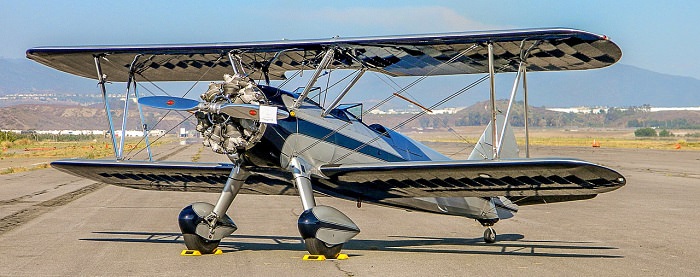
| During that time, RADAR technology was developed, allowing militaries to detect and track aircraft from a great distance. It has become the standard warning method for centuries, with both great superpowers working tirelessly to find ways to jam it or overcome it. In 1991, during the Gulf War, the U.S. unveiled the first stealth airplane – the F-117 Nighthawk and launched the beginning of the age of the stealth airplane. | F-117 "Nighthawk" (retired) The first generation of stealth planes, the F-117 had an unusual shape and angles, meant to deflect RADAR waves, as well as RADAR-absorbing materials on the fuselage meant to reduce its RADAR signature even more. These planes were clumsy, slow and carried a relatively small payload, but the Iraqi army's inability to detect them turned them into the most efficient warplanes at the time. | 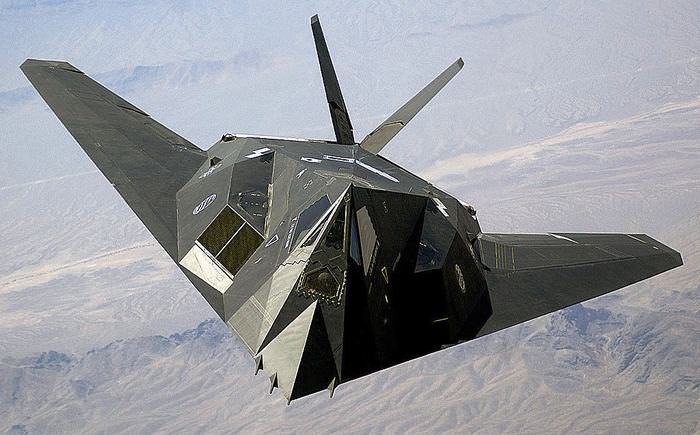
| | | 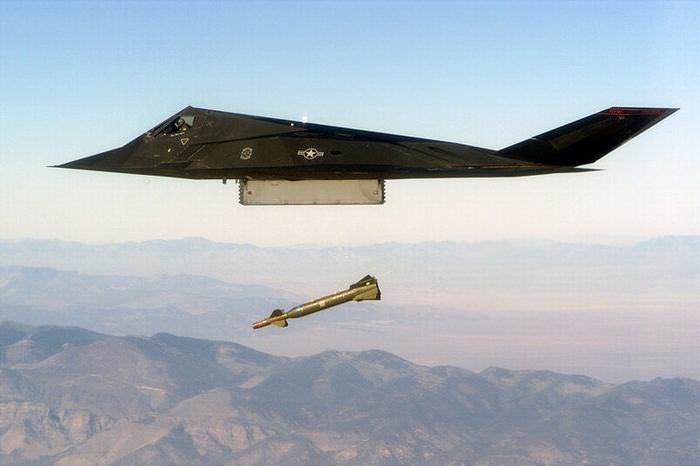
| | | B-2 "Spirit" The B-2 Spirit was developed as a heavy stealth bomber, designed to replace the aging B-52 fleet that the U.S. has been using since 1951. They first became operational in 1993 and had a vital role during the Kosovo conflict in Yugoslavia. The B-2 is one of the most expensive aircrafts the U.S. Air-Force has, each unit costing about $2 billion. | 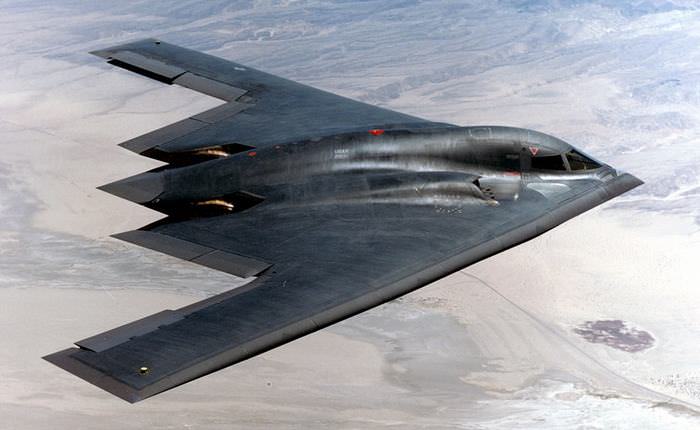
| | | 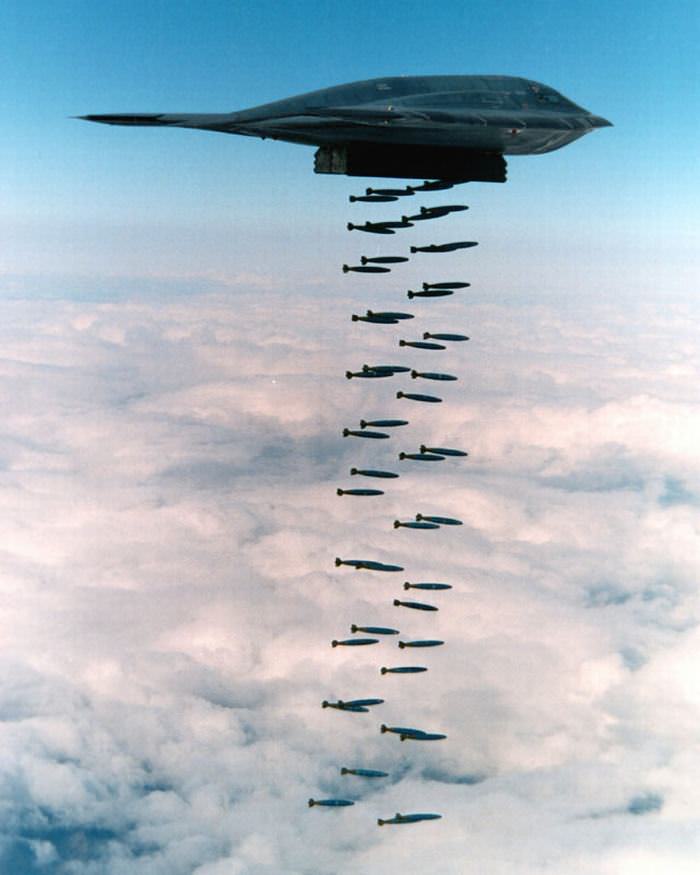
| | | F-22 "Raptor" The F-22 Raptor is the United States' most advanced stealth interceptor plane. This 5th-generation jet is capable of supersonic cruise, armed with the most advanced technology and considered to be the best stealth aircraft in the world. | 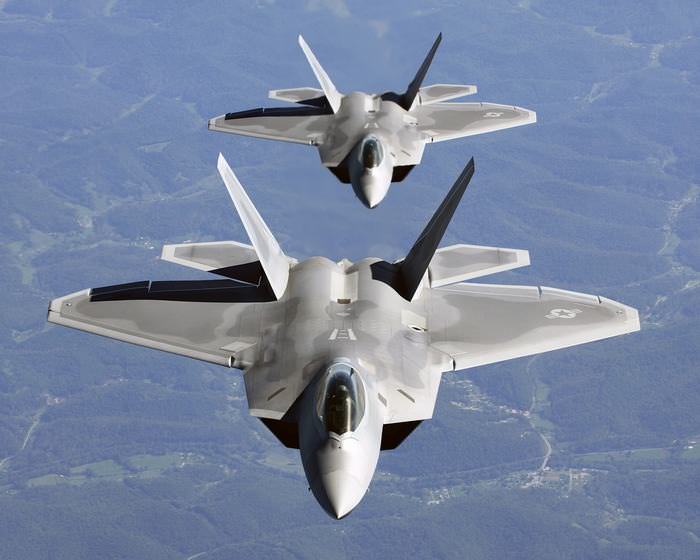
| | | 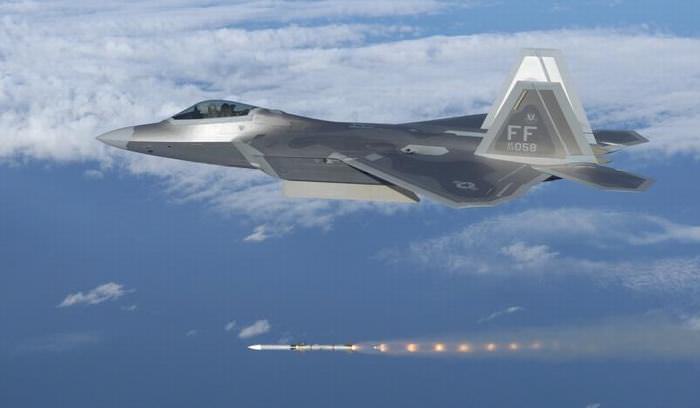
| | | F-35 "Lightning II" The F-35 Lightning II was the chosen design in the Joint Strike Fighter (JSF) project by the United States. The idea was to build a new generation of stealth planes that can be used by all branches of the military. A VTOL (Vertical Take-Off & Landing) version was developed for the U.S. Navy and a more conventional version for the Air Force. | 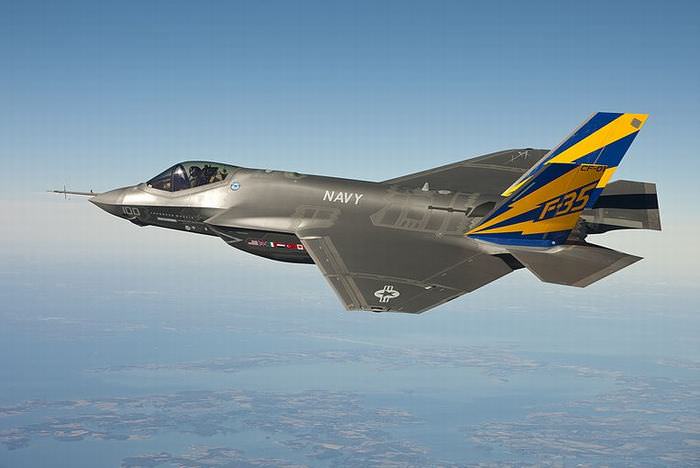
| | | 
| | | From top to bottom: F-35A, F-35B, F-35C The A variant was the original prototype, used for training. The B variant is smaller, meant to fit on ships and has vertical take-off engines. The C variant is the largest and enjoys a more efficient fuel economy. | 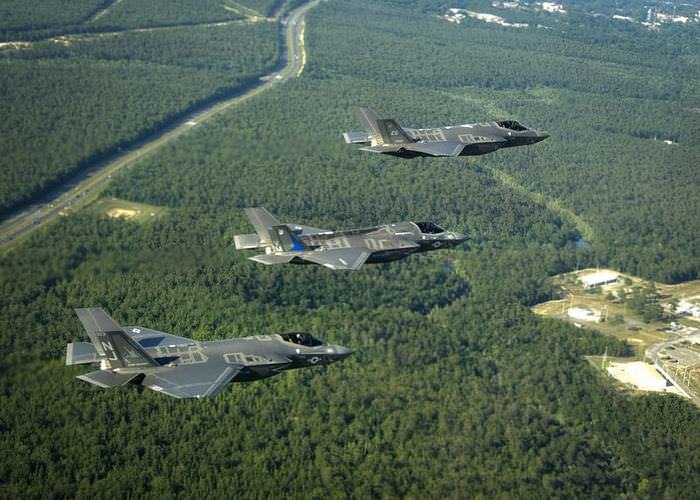
| | | Chengdu J-20 China's J-20 (AKA J-XX) is a 5th-generation stealth fighter prototype and is the Chinese planned equivalent to the U.S.A.'s F-22. | 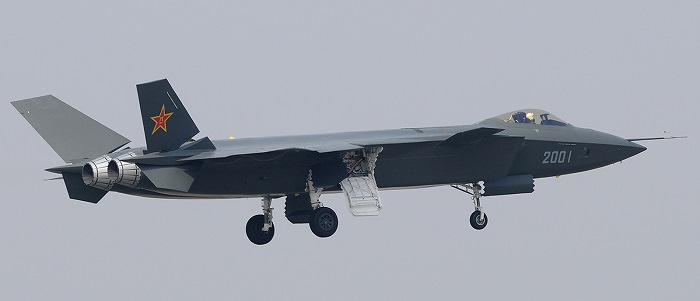
| | | 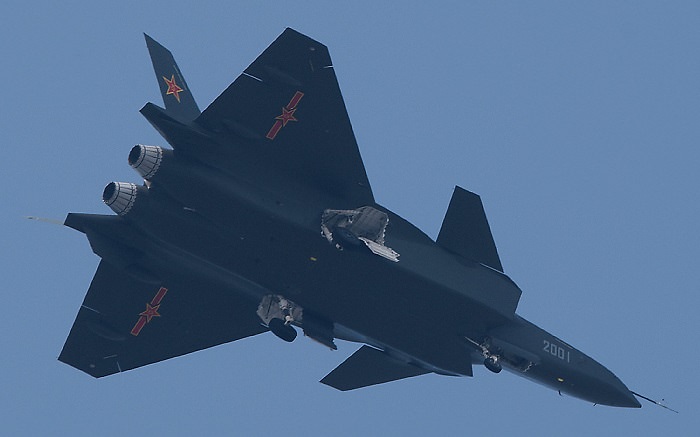
| | | Sukhoi T-50 PAK The T-50 PAK FA is Russia's newest 5th-generation stealth fighter prototype, built to succeed the aging Mig-29 and Su-27 fleets. They are scheduled to enter service by 2020 and will be Russia's answer for the F-22. | 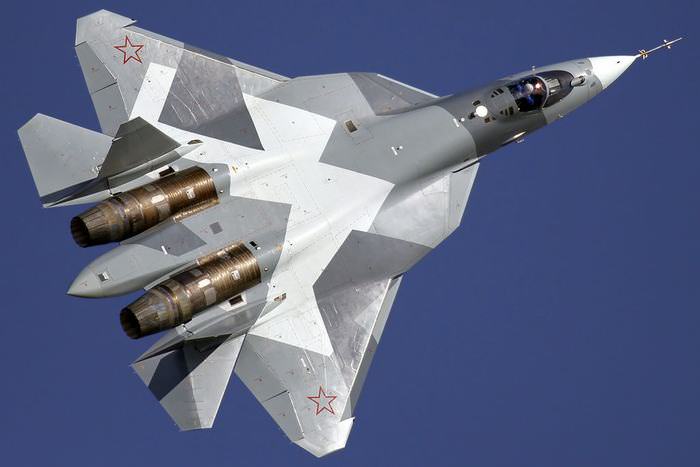
| | | Size comparison chart 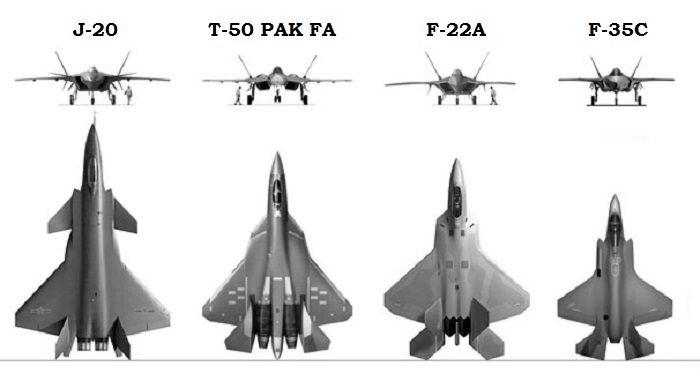
| | | RQ-170 "Sentinel" The first and only stealth drone on the list, the RQ-170 began their service in 2005 and are used for reconnaissance and intel gathering missions. | 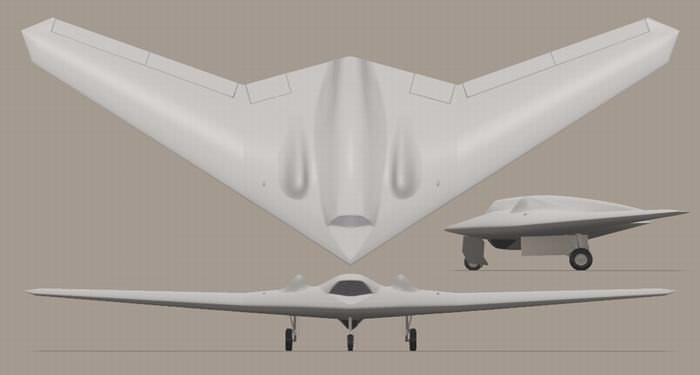
| | | Honorable mention: RAH-66 "Comanche" The U.S. researched the idea of a stealth helicopter, meant to be used for covert attacks or in a support role for the AH-64 Apache helicopter. During the end of its development, it became clear that detection technology has also improved and the upgrades needed to return the RAH-66's stealth abilities were not worth the investment. | 
| |
|
--
You received this message because you are subscribed to the Google Groups "Keep_Mailing" group.
To unsubscribe from this group and stop receiving emails from it, send an email to
keep_mailing+unsubscribe@googlegroups.com.
To post to this group, send email to
keep_mailing@googlegroups.com.
Visit this group at
https://groups.google.com/group/keep_mailing.
To view this discussion on the web visit
https://groups.google.com/d/msgid/keep_mailing/CAH3M5OtN%2BCavHe_rztMQksHG3p5TCvr55G3EREs7P2JwOa%2BZcQ%40mail.gmail.com.
For more options, visit
https://groups.google.com/d/optout.
















No comments:
Post a Comment